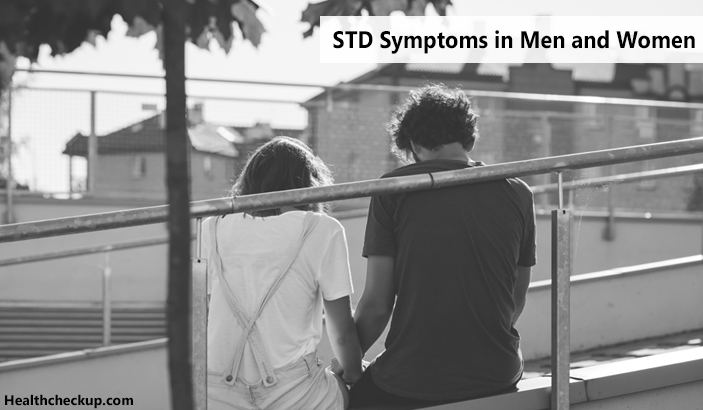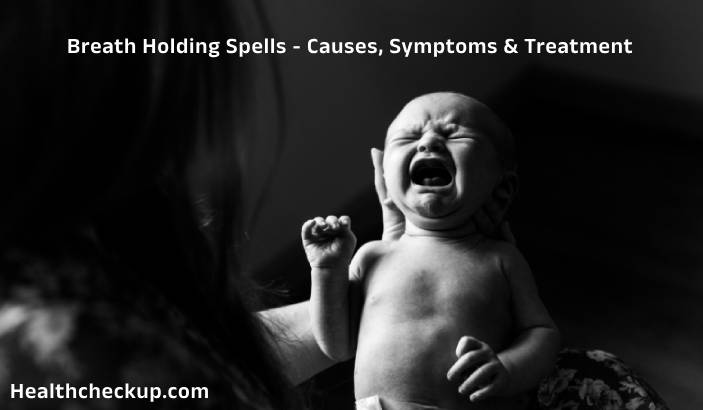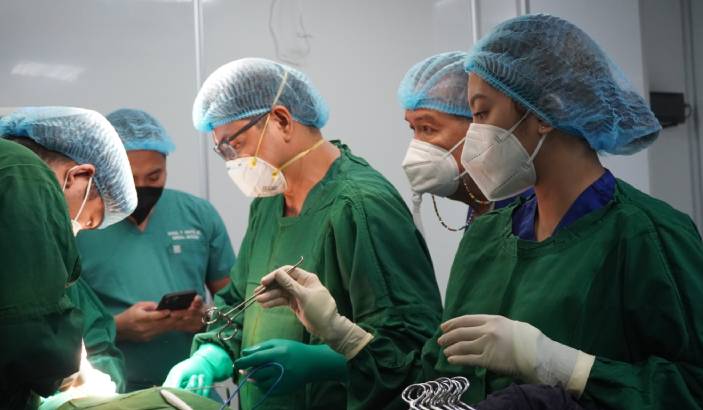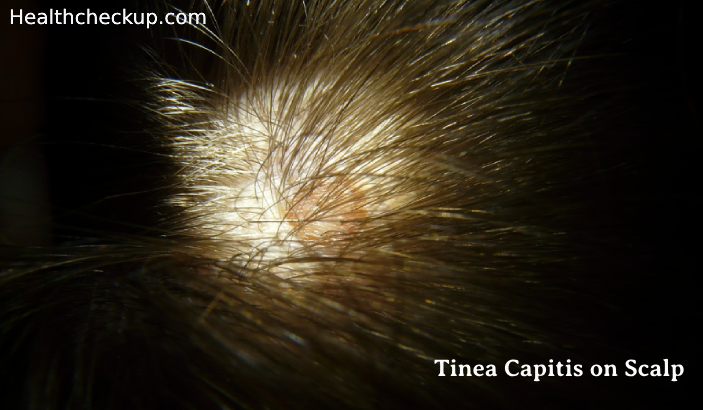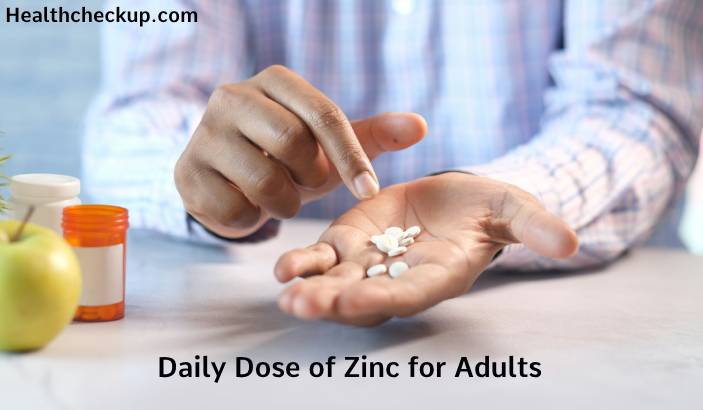STDs stand for Sexually Transmitted Diseases, that are actually infections that are transmitted from one individual to another during any type of sexual contact. There are many types of STDs, and the STD symptoms in men may vary from the STD symptoms in women, because their genital parts considerably vary in structure and function, and also, women are more susceptible to certain types of STDs than men, and vice versa.
Sometimes, a sexually transmitted infection may not produce STD symptoms in men or women, and the infected person may not be aware of having the infection and spread the infection to others unknowingly. Therefore, it is very important to increase public awareness and education about these not-so-commonly discussed but dangerous diseases to help stop them from occurring in unaware individuals and to aid in the prevention of the spread of these infections. If you are unsure of your status it’s recommended that you make an appointment with your healthcare provider or if you’d prefer more privacy and/or anonymity, you may consider ordering an at home STD kit online.
What is STD?
STDs are also sometimes called STIs or Sexually Transmitted Infections or venereal diseases. These are diseases that are passed from infected persons to their sexual partners during all types of sexual activities including vaginal, anal, and oral sex. STDs are very common among sexually active men and women, and as mentioned earlier, the STD symptoms in men differ from the STD symptoms in women.
There are many types of STDs, and they have probably existed for many centuries, but the most dangerous and most well-known of these diseases is the acquired immunodeficiency syndrome or AIDS, which came to be recognized in 1984. The other important, commonly occurring STDs include:
- Chlamydia: caused by a bacterial infection
- Genital Warts: caused by certain types of the Human Papilloma Virus (HPV)
- Gonorrhea: another type of bacterial infection
- Hepatitis B: A viral infection that usually attacks the liver, that is most commonly spread through sex with an infected person
- Herpes: An STD that commonly infects the mouth and/or the genitals, and usually has no cure
- HPV: The most commonly occurring type of STD which usually cures by itself, but sometimes can lead to cancer if left untreated for a long time
- Molluscum Contagiosum: A type of STD that affects the skin and causes bumps, but this infection usually goes away by itself
- Crabs: This type of STD is most commonly known as ‘Pubic Lice.’ It is caused by small parasites that attach to the skin and hair near the genitals. This type of STD can usually be cured by medications available at the drugstore.
- Syphilis: This is another type of bacterial infection that can be easily cured by antibiotics, but the infection can turn fatal if left untreated for a long time.
- Trichomoniasis: It is commonly known as “Trich” and commonly causes vaginitis in women. It is a common STD and can be treated easily.
- Scabies: It is a parasitic infection spread by skin-to-skin contact during sex and is easily curable.
Hepatitis B and Hepatitis C are also infections that are caused by sexual contact with infected persons.
While most of these Sexually Transmitted Diseases can be dangerous, the important news is that they can be easily cured, especially the ones caused by bacterial and parasitic infections. However, there are no effective cures for sexually contracted diseases such as AIDS, HPV, Hepatitis B, and Hepatitis C. Even Gonorrhea, which was earlier easy to cure, has turned resistant to many of the traditional antibiotics, and the best way to tackle and prevent these diseases is to have safe sex using condoms, though the usage of condoms does not guarantee full protection from STDs. Also, having a monogamous sex relationship with an unaffected person is another way to ensure sexual health.
STD Symptoms in Men
The STD symptoms in men can vary from one individual to another depending on the cause of the infection and how worse the infection is. The STD symptoms in men can vary from mild to moderate to severe or no symptoms at all. Sometimes STDs can produce certain vague symptoms that can be produced by non-STD symptoms as well, making it difficult to make a diagnosis of the condition.
However, the most common STD symptoms in men include:
- Chronic itching at the tip of the penis
- Rashes in the genital parts including the penis, the testicles, or the groin
- Discharge from the tip of the penis, which could be milky white, yellow, and thick or thin
- Painful urination
- Pain during ejaculation
- Painful blisters on the genital parts, commonly known as penile spots or penile bumps
Some of the less common STD symptoms in men include:
- Ulcers on the penis and testicles which are usually painless
- Pain and swelling of the testicles
- Epididymitis, which is a painful inflammation of the epididymis, a tube located at the back of the testicles that stores and carries sperms
- Fever
- Unexplained painful swelling of a body joint such as the knee or the elbow
- Sore throat if a person has engaged in oral sex with an infected person
- Pain in the rectum along with discharge or bleeding after a person has engaged in anal sex with an infected person
The STD symptoms in men occur days after a person has indulged in sexual activity with an infected person. And sometimes, the non-appearance of symptoms may lead most people to believe that they do not have an STD, but having regular screening tests for STDs, especially in individuals who are sexually active or getting checked for STD after indulging in unprotected sex with an unknown partner can help prevent the infection from getting worse and also prevent the spread of the infection to sexual partners.
STD Symptoms in Women
The STD symptoms in women are vague, and they sometimes produce generic flu-like symptoms that can seem like the results of another condition. In women, the cause of symptoms due to an STD is hard to determine unless they are checked for STD. The STD symptoms in women are more pronounced than in men, and they usually suffer from bumps, itching, or burning urination due to an STD. The STD may go unnoticed if there are no STD symptoms in women, and they can later cause irreversible bodily damages and diseases if left untreated.
The most common STD symptoms in women include:
- Vaginal discharge that may be thick or thin, milky white, yellow, or green
- Chronic itching in the vaginal area
- Blisters in the genital area including the vagina
- Rash in the genital area including the vagina
- Burning sensation during urination
- Pain during urination
- Pain during sexual intercourse
The less common STD symptoms in women include:
- Bleeding or spotting in between the menstrual cycles
- Painless ulcers in the vaginal area
- Pelvic pain or pain in the lower back
- Unexplained fever
- Nausea
- Unexplained swelling of body joints such as the knees or the elbows
- Pain in the rectal area accompanied by bleeding or discharge, especially after engaging in anal sex
In both men and women, the symptoms occur after a few days of exposure to the infection. Though the STD symptoms in men are different from the STD symptoms in women, it should be known that in both sexes, if the symptoms do not occur, the infected person can spread the infection to others through sexual contact. Regular, comprehensive STD screenings are a must for all individuals who are sexually active and those who indulge in unprotected sexual activity with multiple partners.
Medically Reviewed By

I am an experienced Medical/Scientific writer with a passion for helping people live a happy healthy life. My thirst for writing has followed me throughout the years – it is there when I wake up, lingering at the edges of my consciousness during the day, and teases me at night as I go to sleep.


